Review for Spione
‘Spione’ was a relatively straight-forward action thriller from Fritz Lang which falls, chronologically, between his masterpiece of excess (‘Metropolis’) which was so over-budget and so expensive that it nearly brought the studio to its knees and the slightly more modest, yet still wildly ambitious, ‘Frau in Mond’. In other words, the studio (Ufa) , feeling burned by Lang’s excesses, insisted that ‘Spione’ come in a far lesser budget.
Lang himself describes ‘Spione’ (or ‘Spys’ ) as “A small film but with a lot of action”. It isn’t a ‘small film’ by anyone’s standards but his own, although it is full of action. In fact, many of the hallmarks of more contemporary espionage movies are already here, years before they became a sub-genre in their own right in the 1950’s and 1960’s when the cold-war was in full swing.
Rudolf Kleine-Rogge is superb as the callous and calculating head of an international spy ring (Haghi) using nearly as many disguises and masks as he did in the Dr. Mabuse movies. Not only is he a chain-smoking, crippled master-spy, it also transpires that he’s other characters in the film too (I won’t spoil it here as half the run is when these disguises are removed and the fact that he is never who he seems to be only serves to add to his sinister mystique).
So the German Secret Service decide to put their finest man on to the case to put pay to this villainous spy. Enter Number 326 (Willy Fritsch in an unusually dark role) who is disguised as a tramp.
It’s not long before Haghi discovers the real identity of No. 326 so he puts one of his best operatives on the case; the strikingly beautiful Sonja (Gerda Maurus who became romantically involved with the monocled Fritz Lang during the making of ‘Spione’). But what he hadn’t figured on was the pair falling in love with each other – for real.
Haigi throws Sonja into the cells at his headquarters to bring her round to his way of thinking. In the meantime, a very proper and thorough Japanese intelligence man consoles number 326 – reminding him that Sonja’s love was never real and that a good agent would never fall for what was the oldest trick in the book. As he leaves, and quite unsubtly by Lang, he passes a weeping girl (Lien Deyers in her first ever screen role) in a doorway who complains of abuse in her own family home and has nowhere to stay. You guessed it. He takes her into his own home, and eventually into his own bed, losing a valuable signed treaty as a result. As an honourable man he commits Hari Kari with a sword (I’m not sure what the censors would make of such a scene a few years later).
Everything is rounded off with great excitement aboard two parallel trains, one of which crashes with 326 aboard. The scenes with Sonja running through the wreckage are really spectacularly done and the film comes to a satisfactory conclusion with a superb ending with Haigi on stage as a clown.
Overall the film seems a little long at over two and a half hours but that’s a very minor gripe. ‘Spione’ was a hit but was released at a time when the talkies were just around the corner so, as a result, did not enjoy repeat runs until many years later. The US version of the film was cut to some 90 minutes but, apparently, still worked well and was well received.
Another very minor gripe (before I get to the good news) is the use of white subtitles over already white text German inter-titles, making them often difficult to read. With so much care and attention taken on creating the most complete and pristine version of the film possible, this irritant could surely have been handled better?
That said, everything else about this release it glorious. I have the previously issues BFI DVD of the film which is very good, but the Blu-Ray transfer here is incredible. The film is almost 90 years old and yet the quality is occasionally breathtakingly good.
There’s also a really great 70 minute documentary feature (in German with English subs) about the making of ‘Spione’. It’s a fascinating watch and also puts the film into its historic context, coming as it did squarely between two world wars.
Finally, there’s an excellent 78 page booklet as well as a DVD copy of the film included. If you enjoyed ‘Dr. Mabuse – The Gambler’, ‘Metropolis’, M and ‘Frau im Mond’ then this will be an essential addition to your collection and certainly worth an upgrade if you currently have it on DVD only.
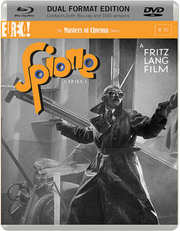
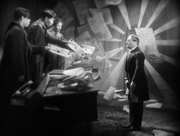
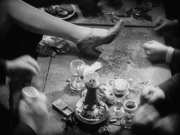
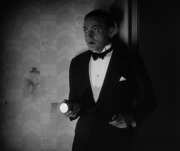
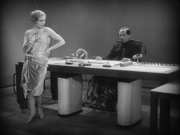
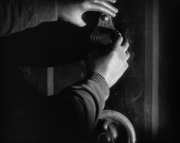

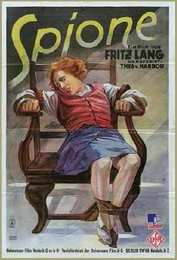

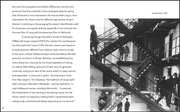




































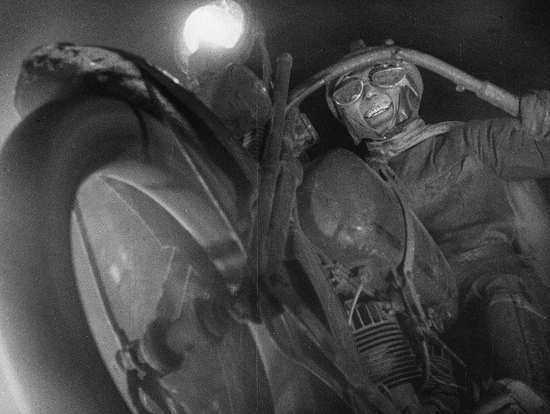

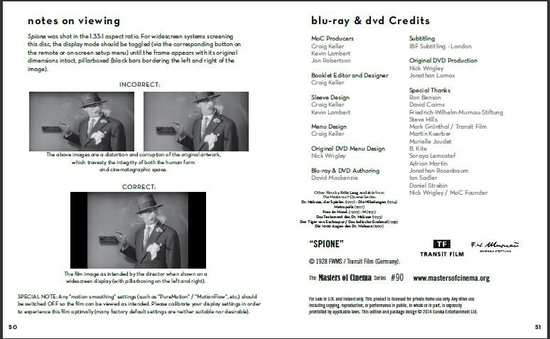
Your Opinions and Comments
Be the first to post a comment!